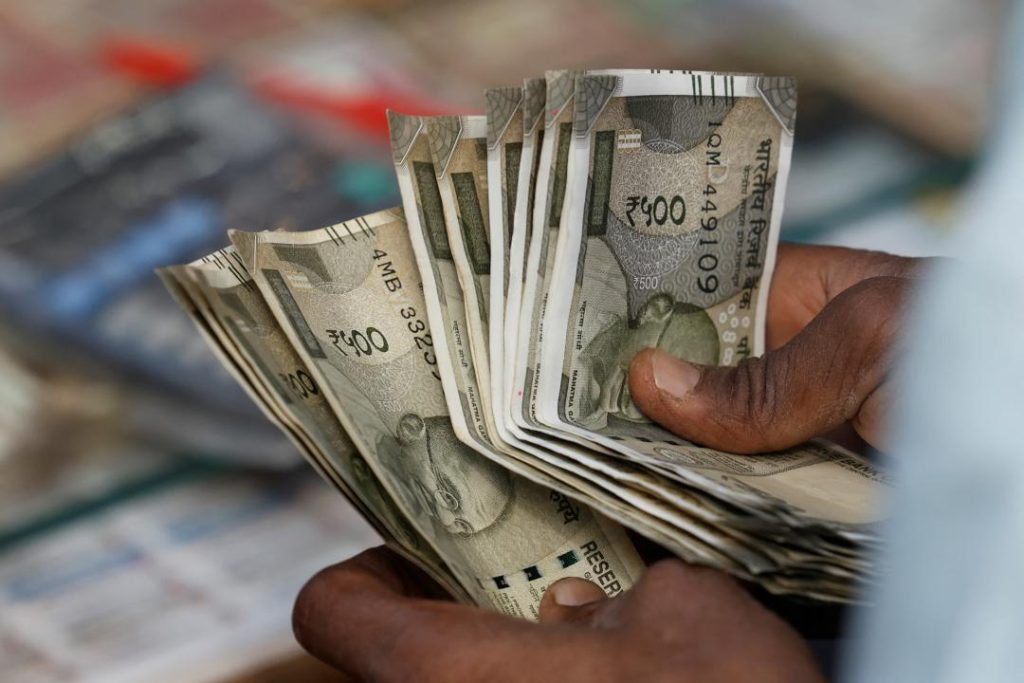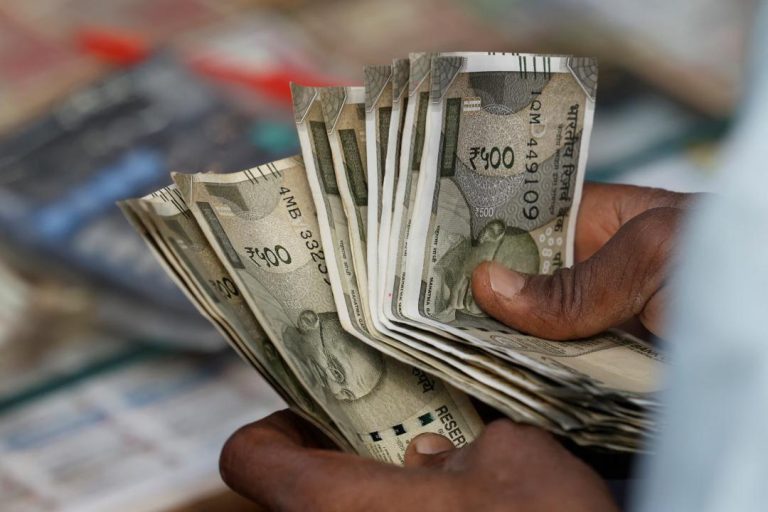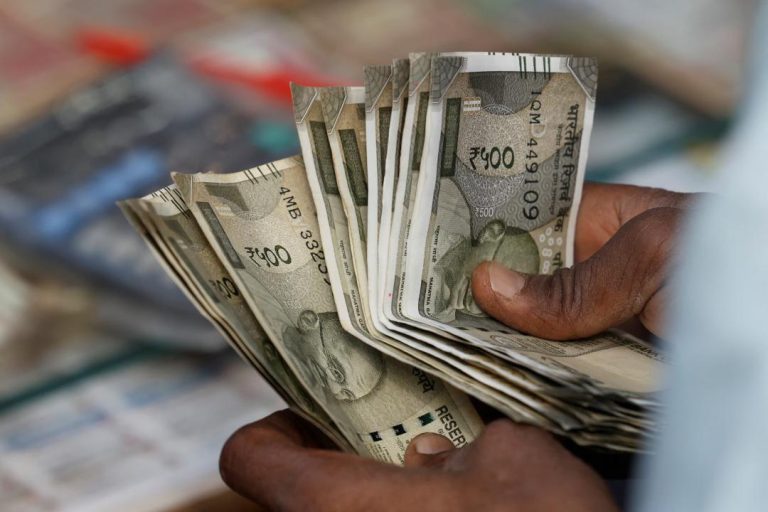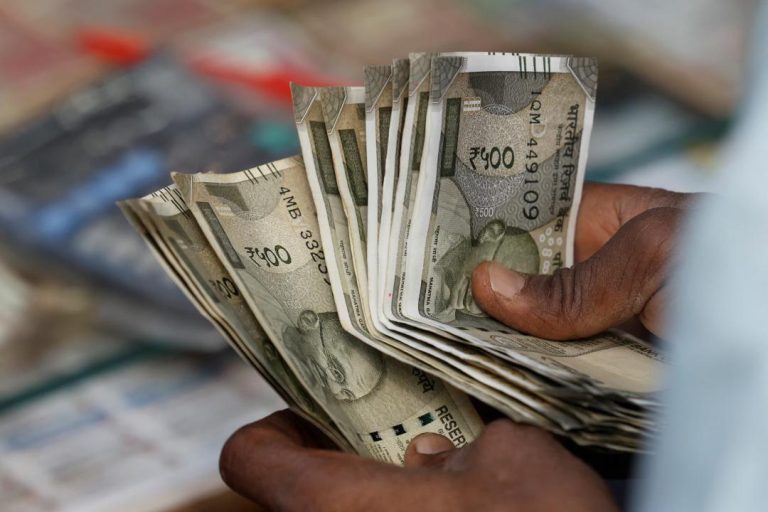
What Got Cheaper & Costlier in March as CPI Falls to 67-Month-Low of 3.34%?
March saw a significant decline in India’s retail inflation, with the Consumer Price Index (CPI) falling to a 67-month-low of 3.34%. This downward trend in inflation was largely driven by a decrease in prices of essential commodities such as eggs, vegetables, and pulses. On the other hand, some commodities like fruit, cereals, and milk saw marginal price hikes. In this blog post, we will delve into the price trends of various commodities in March and explore the implications of this decline in inflation.
Decline in Prices of Essential Commodities
The prices of eggs, vegetables, and pulses saw a considerable decline in March. According to the data released by the Ministry of Statistics and Programme Implementation, the prices of eggs fell by 4.44% year-on-year, while the prices of vegetables dropped by 2.64% and pulses by 2.17%. This decline in prices can be attributed to a surplus in the production of these commodities, which led to a decrease in demand and, subsequently, a reduction in prices.
The prices of spices, meat, fish, and housing also saw marginal declines in March. The prices of spices fell by 1.14%, while the prices of meat, fish, and poultry products declined by 0.54%. The prices of housing, which is a significant component of the CPI basket, saw a decline of 0.16%. This decline in housing prices can be attributed to a decrease in construction costs and a slowdown in the real estate sector.
Marginal Rises in Prices of Certain Commodities
On the other hand, some commodities like fruit, cereals, and milk saw marginal price hikes in March. The prices of fruit rose by 1.14%, while the prices of cereals and milk increased by 0.54% and 0.16%, respectively. These marginal rises in prices can be attributed to factors such as weather conditions, supply chain disruptions, and changes in global commodity prices.
Price Trends in Recreational and Amusement Activities
The prices of recreational and amusement activities, such as cinema tickets and tourism, saw a marginal decline in March. The prices of cinema tickets fell by 1.14%, while the prices of tourism-related services declined by 0.54%. This decline in prices can be attributed to increased competition in the entertainment industry and a slowdown in tourism due to various factors such as global economic uncertainty and travel restrictions.
Implications of Decline in Inflation
The decline in inflation to a 67-month-low of 3.34% has significant implications for the Indian economy. A low inflation rate means that the purchasing power of consumers increases, as they can afford more goods and services with the same amount of money. This, in turn, can lead to increased consumer spending, which can boost economic growth.
The Reserve Bank of India (RBI), which is responsible for setting monetary policy, may also consider reducing interest rates to further stimulate economic growth. Low interest rates can make borrowing cheaper, which can encourage businesses to invest and expand, leading to increased economic activity.
Conclusion
In conclusion, March saw a significant decline in India’s retail inflation, with the CPI falling to a 67-month-low of 3.34%. The prices of essential commodities such as eggs, vegetables, and pulses saw considerable declines, while the prices of fruit, cereals, and milk saw marginal hikes. The decline in inflation has significant implications for the Indian economy, including increased consumer spending and the potential for reduced interest rates.
As consumers, it is essential to stay informed about price trends and make informed purchasing decisions. By understanding the factors that drive price changes, consumers can make the most of their hard-earned money and achieve their financial goals.





